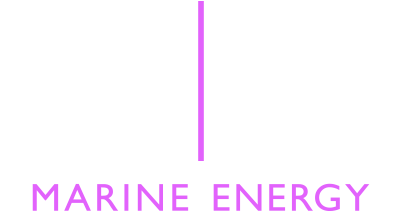For many in shipping, the collapse in the bunker price has been one of the few respites since last year.
Moving in tandem with crude oil prices, this year’s costs of 380-centistock bunker fuel — the most used type of marine fuel — are on average 45%-49% lower than 2015 in the world’s main bunkering ports, according to brokerage OceanConnect.
Putting the matter into perspective, the fuel was sold at $157.5 per tonne in Singapore and Fujairah and $147.5 per tonne in Rotterdam as of early March — close to their 13-year lows. These figures were a far cry from the $600 bunker prices seen in most of 2011-2014.
The price of bunker fuel is mainly determined by the crude price. Therefore, with most researchers pegging oil prices at $30-$50 per barrel this year, historical trends suggest the 380-cSt bunker price will likely fluctuate between $150 and $250 per tonne, barring any major supply-demand changes.
“If crude stays below $50 per barrel, the bunker price will likely stay around low-$200s [per tonne], a relatively depressed level.”
The bunker price is also related to crack spread, the price differential between crude and 380-cSt fuel oil, and ex-wharf differential, the price spread between fuel oil and bunker. Those two factors are often driven by physical supply-demand situations or temporary matters like port congestion.
In either case, oil analysts are holding a bearish view over bunker markets, with low, stable price expected for this year.
Source: Lloyd’s List ($)


